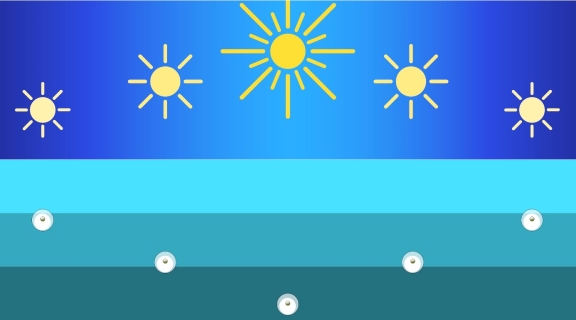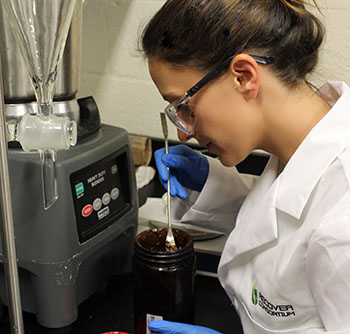
Rosenberg Institute Seminar Series - Christina Pasparakis
Overview
Christina Pasparakis, Assistant Professor in Dept. of Environmental Toxicology, Bodega Marine Laboratory/UC Davis
Embryos to ecosystems: Integrating studies at multiple levels of biological organization in aquatic toxicology
Abstract
Anthropogenic stressors, particularly pollutants, typically target animals at the molecular, tissue, and organ-system levels, with consequences assessed at population, community, and ecosystem scales. This seminar discusses three research projects spanning multiple levels of biological organization to inform environmental projections and conservation efforts. The first project investigates the ecological impact of a proposed mechanism of stressor avoidance in buoyant pelagic fish embryos, such as mahi-mahi (Coryphaena hippurus), wherein embryos dynamically modify buoyancy to reduce exposure to surface water stressors.
The second project explores the impact of sound pollution on the stress response of the Gulf toadfish (Opsanus beta) during an EDM festival on a barrier island with a delicate ecosystem and pivotal aquaculture facility, with the aim of preventing the festival’s return.
Lastly, the third project utilizes multi-stressor lab-based experiments to investigate the physiology and stress response of the endangered delta smelt (Hypomesus transpacificus), aiming to inform rearing and supplementation efforts.
Bio
Dr. Christina Pasparakis, an Assistant Professor in the Environmental Toxicology Department at the University of California, Davis Bodega Marine Laboratory, is a comparative physiologist and toxicologist interested in understanding how organisms adapt to changing environmental conditions and the mechanisms they employ to cope with stress. Her research focuses on investigating the combined impacts of multiple environmentally relevant stressors across different life stages in local fish and invertebrate species. The overarching goal is to inform environmental regulations and contribute to species conservation efforts. Specific research interests include conducting studies on photo-induced toxicity and microplastic accumulation across multiple trophic levels.
